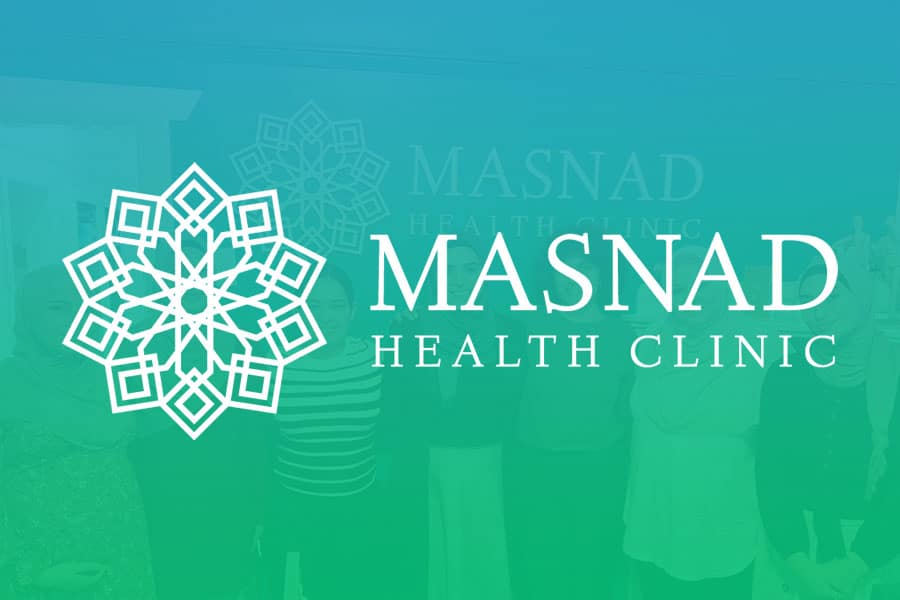Stretching is the process of placing parts of the body into a position that will lengthen, or elongate, the muscles and soft tissues
Stretching Exercises

What are stretching exercises?
Different types of stretches and their benefits
There are 3 different types of stretching exercises:
- Static
- Dynamic
- Proprioceptive Neuromuscular Facilitation
Static (sustained) stretch
A static stretch is when a muscle group is stretched while the body is at rest (not moving). The stretch is held for 15-60 seconds. The benefits of static stretching include:
- Reduces post-exercise muscle tightness and can help avoid loss of range of motion (ROM).
- Can temporarily lengthen muscle and reduce muscle stiffness. This only lasts for 10-20 minutes, and the increase in flexibility begins to reduce immediately after stretching has ceased.
- Reduces the risk of muscle strains especially when combined with a warm-up program.
- May assist in treating specific conditions.
Below is a YouTube video showing a few dynamic stretches for the lower limb.
Dynamic (oscillating) stretch
Dynamic stretching is a form of stretching involving repetitive movement into a stretched position. It uses momentum to propel the muscle into an extended range of motion. It is performed for 1-2 minutes. The benefits of dynamic stretching include:
- Can increase power performance (e.g. Sprint start)
- Can increase motor performance (e.g. Agility)
- Can increase range of motion temporarily
- Can help avoid loss of range of motion after exercise
Proprioceptive neuromuscular facilitation (PNF)
This type of stretching is used in sports with athletes. It is often performed passively, with the therapist performing the stretch on the athlete’s body. It uses a Hold-relax, contract-relax concept which is thought to allow the muscle to relax further after contracting, therefore allowing for a more significant stretch.
Click on the video link below to see an example of how PNF stretching is performed
Dry needling can help with conditions including:
- Headaches
- Neck pain
- Shoulder pain
- Lower back pain
- Tendonitis
- And many other sports and musculoskeletal injuries!
Common conditions stretching can help with:
- Lower Limb Osteoarthritis
Stretching type exercises are useful when combined with strength and aerobic exercises for reducing symptoms relating to osteoarthritis. - Plantar heel pain
Evidence exists that plantar fascia stretching can reduce heel pain. - Hamstring Injury
There is evidence for static stretching being beneficial in hamstring injury rehab. There is decreased time to regain range of motion and return to sports with a more intensive stretching program following hamstring injury.
Top tip
Static stretches are best performed after exercise or training whereas dynamic stretches are most helpful performed before exercise and in combination with a warm-up.
Please remember to perform your stretches as directed by your therapist to ensure you get the best outcome!